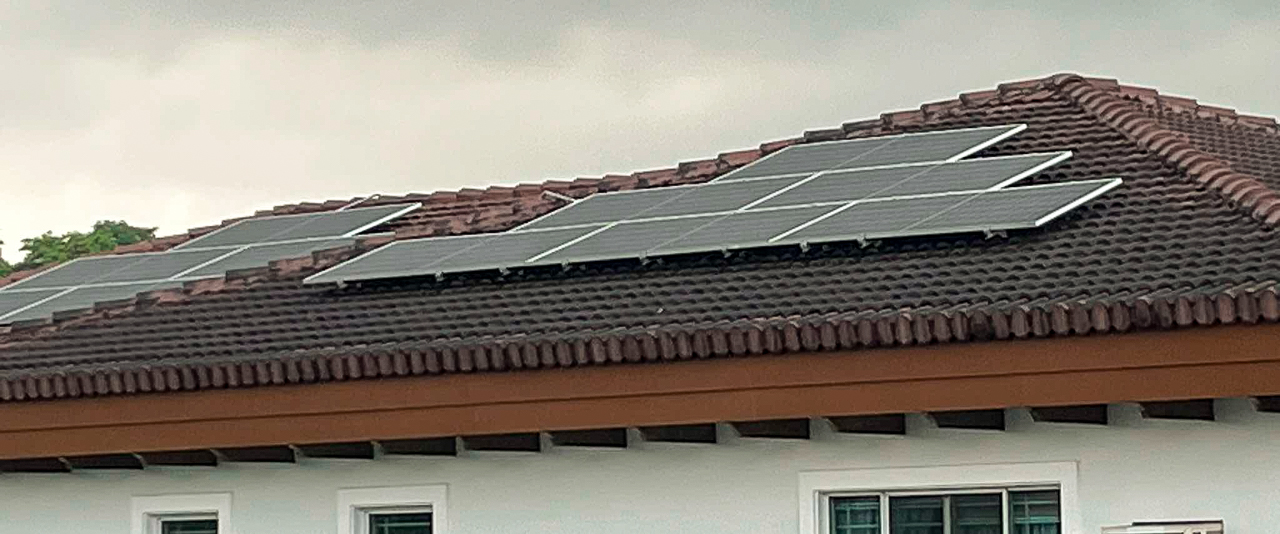
Tree cavities are essential for many bird species. These birds use tree holes for nesting and raising their young. Some birds, like woodpeckers, can create their own cavities. These are called primary excavators. Other birds, called secondary cavity nesters, rely on natural or pre-existing holes.
These secondary nesters face challenges. Suitable cavities are becoming scarce. This can limit their population growth. To protect these birds, we need to understand their nesting needs. We also need to know how they interact with each other. In the Philippines, forests are vulnerable. There’s limited information on bird nesting habits and connections.
Biologists are studying bird nesting preferences. This is vital for habitat management and protecting threatened species. A team from the University of the Philippines Diliman – College of Science (UPD-CS) collaborated with environmentalists. They analyzed cavities used by birds in the Subic Watershed Forest Reserve. The reserve is located in Zambales, Philippines.
The research team included:
Vince Angelo Gicaraya (Institute of Environmental Science and Meteorology (IESM) and the Institute of Biology (IB) at UPD-CS).
Dr. Carmela Española (UPD-CS’s IB and the Natural Sciences Research Institute (NSRI)).
Biologists from the Biodiversity Management Bureau of the Department of Environment and Natural Resources (DENR).
Biologists from Pampanga.
Local guides and volunteers.
They conducted a tree cavity survey in Subic from February to June 2022. They explored both established and off-trail routes.

The team found nests of 10 cavity-nesting bird species. These nests were in living and dead native trees. The trees were mainly kupang (Parkia timoriana) and white lauan (Shorea contorta). They used statistical modeling to analyze the data. The study revealed that cavity characteristics are important. Depth, volume, and entrance area influence bird species’ nest selection.
The research highlights the need to conserve and plant native trees. These trees support the nesting of cavity-nesting species. It also provides baseline data. This data can be used to develop conservation tools. For example, species-specific nest boxes. These tools can help the Philippine Red List species. This includes Critically Endangered Blue-naped Parrots (Tanygnathus lucionensis) and Vulnerable Luzon Hornbills (Penelopides manillae).
The study also showed that 63% of nests used by non-excavator birds were originally made by woodpeckers. This emphasizes the importance of woodpeckers, as they provide nest sites for many other bird species.
The team of biologists stated that: “This study is the second of its kind in Asia—and the first in the Philippines—that examines nest web interactions at the community level”.
Nest web interactions refer to the connections between animals. This is through their use of tree cavities for nesting.
The biologists added, “Unlike in temperate Europe and subtropical South America, where woodpeckers are not considered keystone species—or animals that have a particularly large impact on their environment—this study provides evidence of their keystone role in tropical forests, similar to findings in India and Canada”.
They further emphasized the importance of their work by saying, “These results highlight the urgent need to prioritize research and conservation efforts for primary excavators—birds like woodpeckers that create their own nesting holes—in the Philippines, where both these species and those that rely on their nesting sites remain largely understudied”.
The research paper, titled “Cavity characteristics explain the differences in realized nest niches among tree cavity-nesting birds in a lowland tropical forest in Luzon Island, Philippines,” was published in Annales Zoologici Fennici. The journal shares research on animal ecology, evolution, and related fields.
This research was funded by NSRI and the Department of Environment and Natural Resources Foreign-Assisted and Special Projects Service (DENR-FASPS). It was a collaborative effort between the Biodiversity Management Bureau (BMB) and IB.




